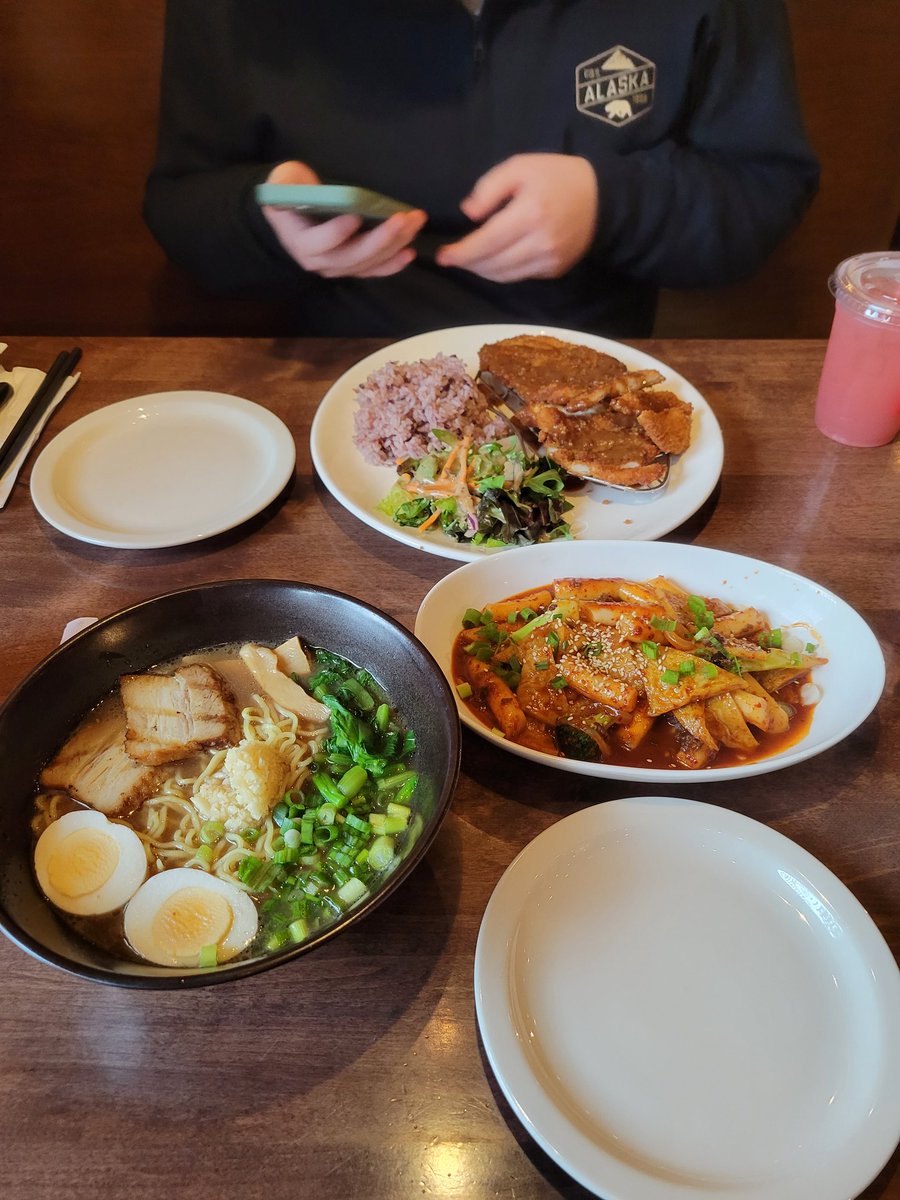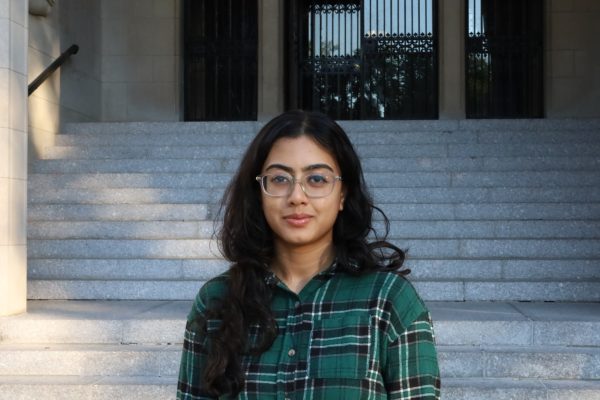In a more interconnected world than ever before, it is inevitable that people will have access to learn about different cuisines. The ease of travel and globalization have contributed to locations like New York becoming a melting pot of flavors and cultures and the increasing popularity of fusion food. Fusion cuisine is “a style of cuisine that blends culinary traditions from different parts of the world,” or foods which “use a variety of ingredients from other cuisines and regions.” But questions remain whether fusion cuisine is appreciation or appropriation and how to make this distinction less confusing.
While fusion food can bring out the best of two different cultures, many worry that it can also diminish cultures if done for the wrong reasons. Due to the popularity of fusion foods, it can take away from or even lead to misunderstandings of a culture if a restaurant promotes fusion cuisine due to trendiness or popularity. Lazily merging two different cuisines just to increase a restaurant’s profits promotes fusion food in the wrong direction. Instead, fusion food requires more “intention in the recipes, with alterations that show creativity and cultural exchange.”
Fusion food is supposed to require research and experimentation to find what flavor profiles of two cultures best fit together. While some may think that two different foods go together, in reality, they may not. In fusion cuisine, it is recommended to focus on “taste as opposed to novelty, which can serve current and future chefs well as they look to develop their own recipes.” Additionally, intense research about different cultures is crucial because food is a key aspect of culture, and there should be respect for the culture behind the dish.
Growing up as someone from a Bengali background, the food I ate was made fun of by others for being too different or foreign. It is an interesting and confusing feeling to see fusion food utilizing the same foods I ate growing up but in a more approachable western manner. On one hand, adaptations of cultural foods I grew up with can range from interesting twists that I enjoy to obvious cash grabs with no regard for the culture or origin behind it. It is on this thin line that cultural appropriation versus cultural appreciation lies. The determining factor I use to distinguish between the two is mostly due to the care and effort put behind fusion food. Cultural appropriation to me is “neglecting the fact that food is directly related to culture by whitewashing ingredients and recipes of the global majority.” It presents the image of white-washed cultural food with no effort or creativity to showcase cultural exchange thoughtfulness for the culture behind the dish. This image is especially complicated when fusion food is “presented to the world by a non-ethnic individual.” The thin line between cultural appropriation and appreciation shows how important it is to remain cognizant of the cultural exchange in food and its background.
I’m not saying that all fusion food is bad, but using cultural food just for profit without looking into the origin behind it or being creative with it gives off a disingenuous feeling and a lack of respect for the culture behind the food. In fact, fusion food can be fun with original combinations and is a great way to link two cultures when it is done respectfully. Fordham added a new food station in Urban Kitchen over the summer with Aramark called Vindy. Vindy is an Indian-inspired spot and offers a few new meal options to students including the tikka masala rice bowl, vindaloo kati roll and vegan samosa. While Vindy claims it is an “Indian Inspired Eatery,” this doesn’t excuse them from criteria for an appreciative fusion restaurant as they use aspects of Indian dishes. Looking at Vindy’s menu, it seems there are a lot of aspects of popular Indian food integrated into typical food found at Fordham, which differs greatly from the richer fare seen at traditional Indian-owned restaurants. This comparison though is not exactly fair as Vindy’s use of the word “inspired” hints that it incorporates some parts of Indian food into western cuisine, rather than just serving traditional Indian food. Vindy could serve as a gateway for some students at Fordham to try more traditional Indian food and could be qualified as appreciative rather than appropriating, as long as it remains respectful and honest about the Indian ingredients used in its food.
Saisha Islam, FCRH ’25, is a biology major from New York, N.Y.











































































































































































































CannonMain • Nov 29, 2024 at 10:47 am
Not gonna lie, this article is kinda conservative, “pls dont change our food” at the end you are the same as trump